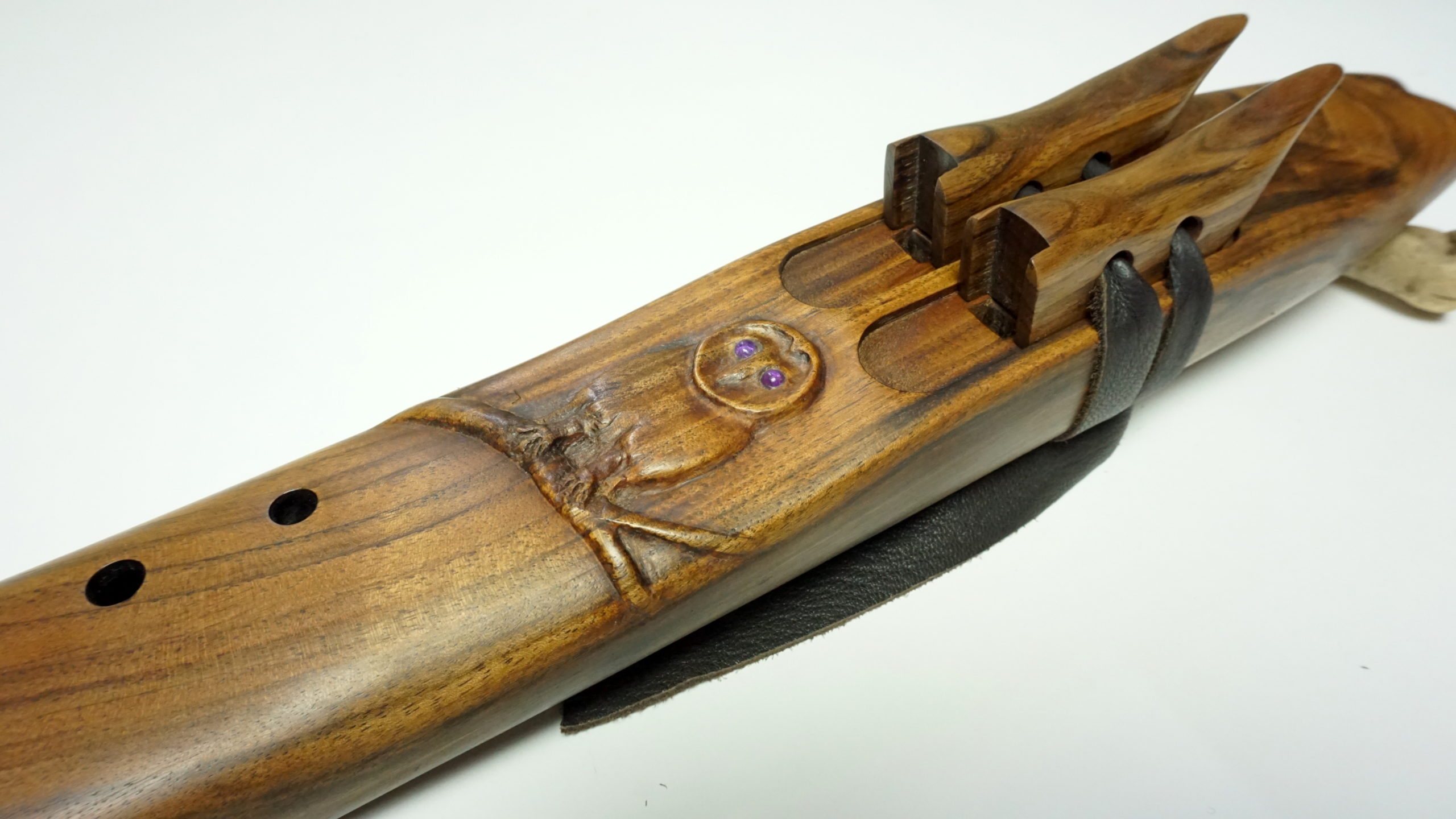

The middle of the headjoint tone hole should line up with the middle of the first key of the left hand.

While checking for leaks, ensure that the flute headjoint is aligned correctly to the body of the instrument. Check for leaks in the common places (trill keys, F key, foot joint, etc.). When troubleshooting flute sound production, first try your student’s flute. Through this article, I will detail many possible solutions to your flutists’ tone woes in hopes of providing tools that will lead them to their best possible sound. As a band director or private teacher, it is vital that we guide our students towards producing a better sound before they give up in desperation. With my specific exercises you’ll learn how you can adapt your air pressure according to the need, direct the air to the right spot on the wall, allow your lips the flexibility they need and the right movement they need to perform and much more (articulation, tone focus, attack, big intervals, double tonguing, bell notes…).Struggling with producing a good tone on the flute can be frustrating for students of all levels. If you are not sure which exercises exactly you should do in order to control each one of these techniques, that’s exactly (and much more) what you will learn in my online warm-up routine course. If you can’t manage to play any softer, then most probably you hold your lips position too tightly and they are unable to move and create a smaller aperture. If your sound lost its quality, it’s most probably because your lips are not flexible enough and you can’t direct the air to the wall in the most ideal way. For example, if your intonation is becoming too low, it’s most probably a result of you playing with too low air pressure. With your flute practicing you should do the same: I’d highly recommend to treat what you hear as the result of what you do (the symptom) and use it to analyze what might have caused it (the illness). When you practice, you need to work a bit like when you visit the doctor: you describe to the doctor your symptoms and he/she tries to figure out what might be the illness related to the symptoms you’ve described. 🔬 Your sound is just the symptom, but you need to be able to treat the illness.
TOO BIG APERTURE FLUTE HOW TO
It’s the only way you can develop a deep understanding of how to control the pressure and increase it as you need, making sure your lips are truly flexible, not limited by anything and truly free to move and develop the control you need to direct the air exactly the spot you wish on the wall. These you can learn to control separately with dedicated exercises that address only one of these elements at a time. That means that there are few techniques you have to absolutely know how to develop and control separately, in order to be able to play pianissimo well: You need to be able to control the air pressure, which is created inside your body, in order to control the speed of the air that comes out through your lips and the quantity of air that comes out and be able to direct it to a very specific spot on the wall. But, there’s a catch: the amount of air should be lower, but the pressure of the air shouldn’t be lower, or even be slightly higher. If a little amount of air will hit the wall – you’ll get a piano or pianissimo. If a lot of air would hit the wall – you’ll play a forte or fortissimo. The first thing you have to understand is that in order to play dynamics with the flute, you need to be able to control the amount of air that hits the wall inside the headjoint’s embouchure hole. In order to understand why it might be so difficult for you to achieve a beautiful pianissimo, we have to first understand HOW dynamics are happening with the flute. If you’ve answered yes to one or more of the questions above, this article is exactly for you! The reasons for your difficulties playing pianissimo on the fluteĭo you find playing pianissimo to be very hard?ĭo you lose your tone quality when playing pianissimo?Ĭan you not control your intonation well while playing pianissimo?


 0 kommentar(er)
0 kommentar(er)
